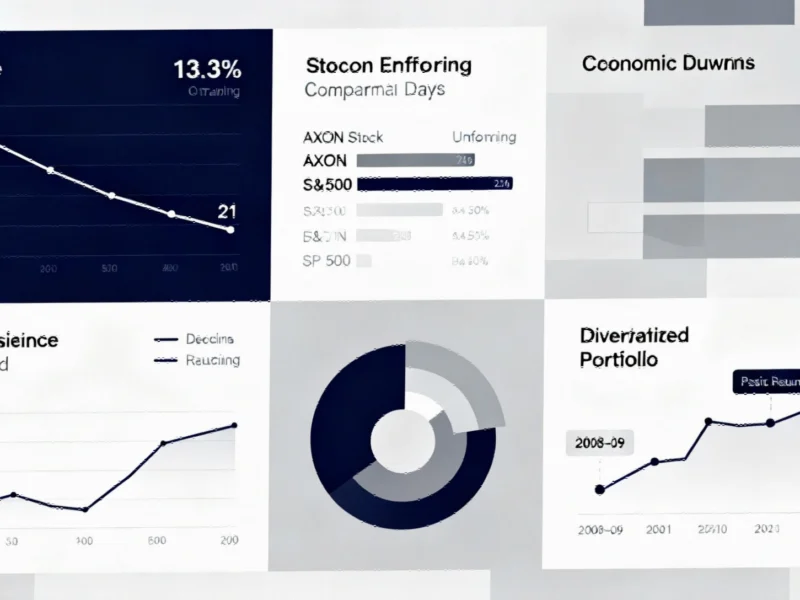While network security has traditionally been viewed through the lens of risk mitigation, new research reveals that microsegmentation delivers measurable financial returns that extend far beyond threat prevention. Organizations implementing granular network segmentation are reporting substantial reductions in cyber insurance premiums while dramatically improving their incident response capabilities—creating a compelling business case that transcends conventional security arguments.
The financial implications are particularly striking, with 60% of organizations achieving significant cyber insurance cost reductions after implementing microsegmentation strategies. This comes as network security strategy shows dual benefits for insurance and operational efficiency, creating a powerful incentive for organizations to accelerate their segmentation initiatives. Insurance underwriters are increasingly scrutinizing network architecture during policy evaluations, making microsegmentation a critical factor in premium calculations.
The Ransomware Response Advantage
Perhaps the most operationally significant finding concerns ransomware containment, where organizations with mature microsegmentation programs demonstrated 33% faster response times during active incidents. This accelerated containment capability directly translates to reduced business disruption and lower recovery costs, creating a tangible operational advantage that complements the financial benefits.
Garrett Weber, field CTO for enterprise security at Akamai, noted the surprising effectiveness of microsegmentation in breach scenarios. “We often think of segmentation as a set-it-and-forget-it solution, but with microsegmentation bringing the control points to the workloads themselves, it offers organizations the ability to quickly contain breaches,” Weber explained to Network World.
Implementation Challenges and Strategic Approaches
Despite the clear benefits, organizations face significant hurdles in microsegmentation deployment. The complexity of modern hybrid environments, legacy system integration, and policy management present substantial challenges that require careful planning and execution.
The research identifies several key success factors for organizations navigating these challenges:
- Phased implementation approaches that prioritize critical assets and high-risk segments
- Automated policy enforcement to maintain segmentation integrity across dynamic environments
- Cross-functional collaboration between security, network, and application teams
- Continuous monitoring and optimization to adapt to changing threat landscapes
Broader Industry Context and Trends
The push toward microsegmentation aligns with several broader industry developments. As Apple’s M5 Vision Pro maintains memory footprint while enhancing security features, we’re seeing increased hardware-level support for segmentation technologies. Similarly, the growing sophistication of threat actors underscores the urgency of these initiatives, with active ransomware groups reaching an all-time high according to recent threat intelligence.
International cooperation is also playing a role in shaping segmentation strategies. The International Cybersecurity Alliance recently published blueprints for network segmentation that provide standardized frameworks for implementation. Meanwhile, technology providers are expanding their capabilities to support these initiatives, as evidenced by NVIDIA’s expansion of cloud gaming libraries with enhanced security controls that complement segmentation approaches.
Quantifying the Business Impact
Beyond the immediate security benefits, organizations are reporting substantial operational improvements. Reduced mean time to detection (MTTD) and mean time to response (MTTR) translate directly to productivity gains and business continuity assurance. The combination of lower insurance costs, reduced incident impact, and improved operational resilience creates a compelling ROI that extends across multiple business functions.
As organizations continue their digital transformation journeys, microsegmentation is evolving from a technical security measure to a strategic business enabler. The ability to contain breaches rapidly, maintain operations during incidents, and demonstrate security maturity to insurers and regulators positions microsegmentation as a cornerstone of modern enterprise architecture.
The research findings suggest that organizations embracing microsegmentation are not only strengthening their security posture but also gaining competitive advantages through improved operational resilience and financial performance. As threat landscapes evolve and regulatory pressures increase, the business case for microsegmentation continues to strengthen, making it an essential component of comprehensive risk management strategies.
Based on reporting by {‘uri’: ‘networkworld.com’, ‘dataType’: ‘news’, ‘title’: ‘Network World’, ‘description’: ‘Network news, trend analysis, product testing and the industry’s most important blogs, all collected at the most popular network watering hole on the Internet | Network World’, ‘location’: {‘type’: ‘place’, ‘geoNamesId’: ‘4930956’, ‘label’: {‘eng’: ‘Boston’}, ‘population’: 617594, ‘lat’: 42.35843, ‘long’: -71.05977, ‘country’: {‘type’: ‘country’, ‘geoNamesId’: ‘6252001’, ‘label’: {‘eng’: ‘United States’}, ‘population’: 310232863, ‘lat’: 39.76, ‘long’: -98.5, ‘area’: 9629091, ‘continent’: ‘Noth America’}}, ‘locationValidated’: False, ‘ranking’: {‘importanceRank’: 280964, ‘alexaGlobalRank’: 23118, ‘alexaCountryRank’: 11344}}. This article aggregates information from publicly available sources. All trademarks and copyrights belong to their respective owners.



